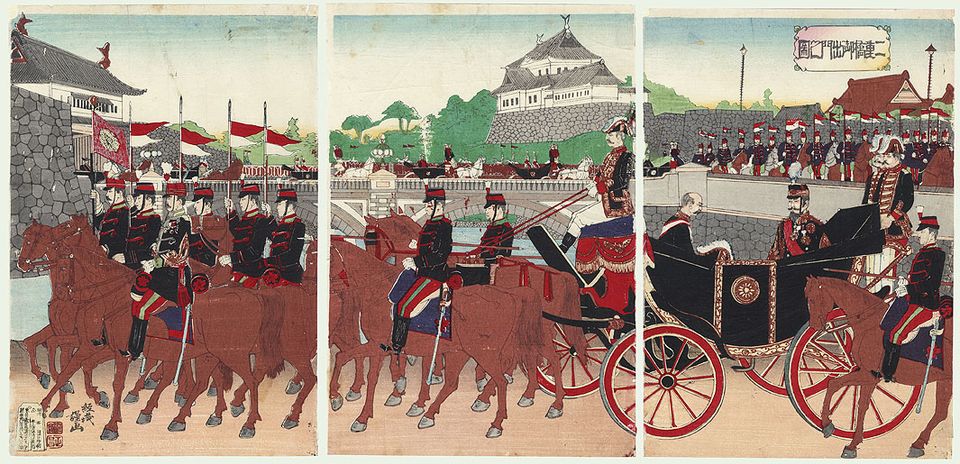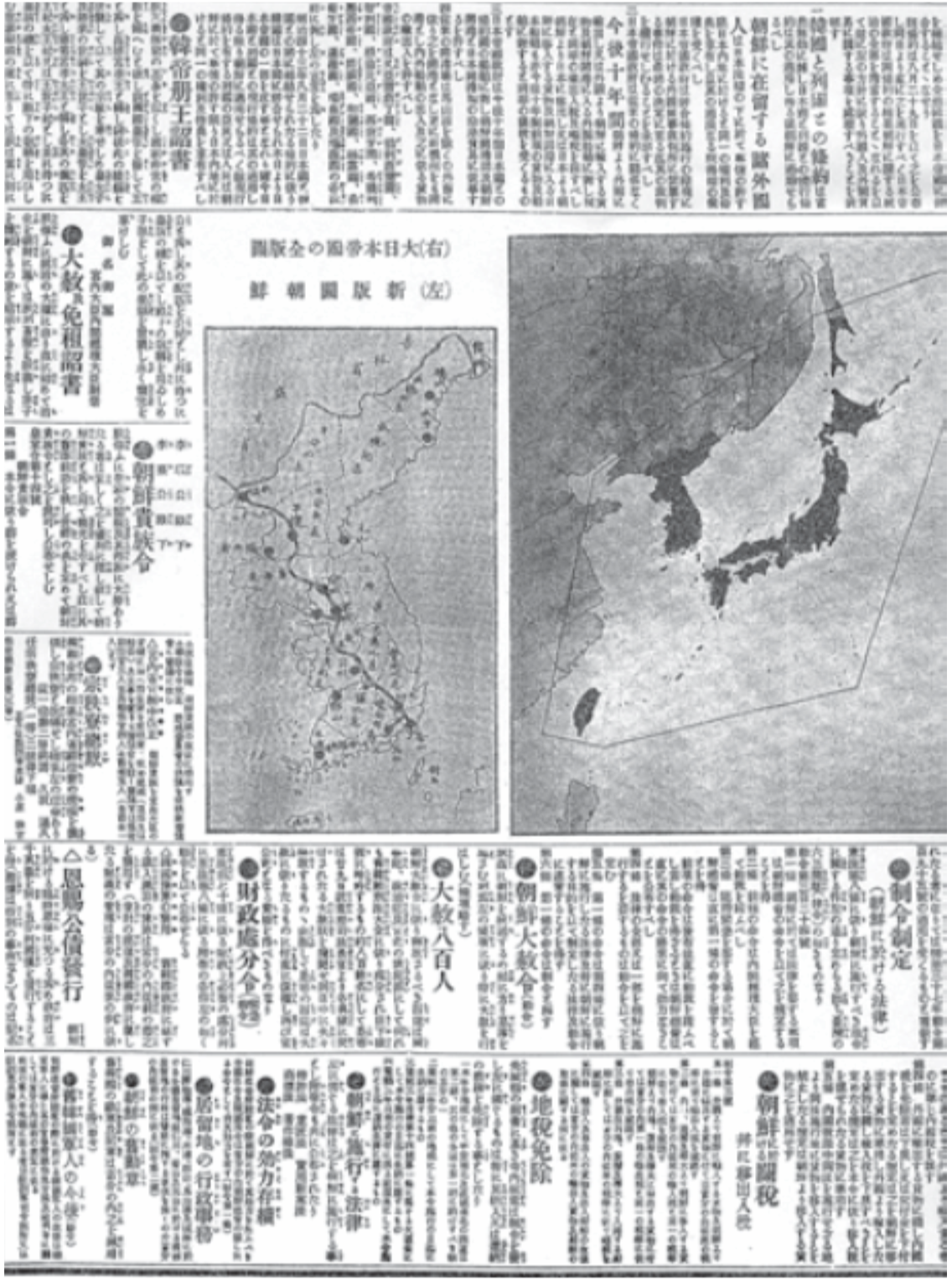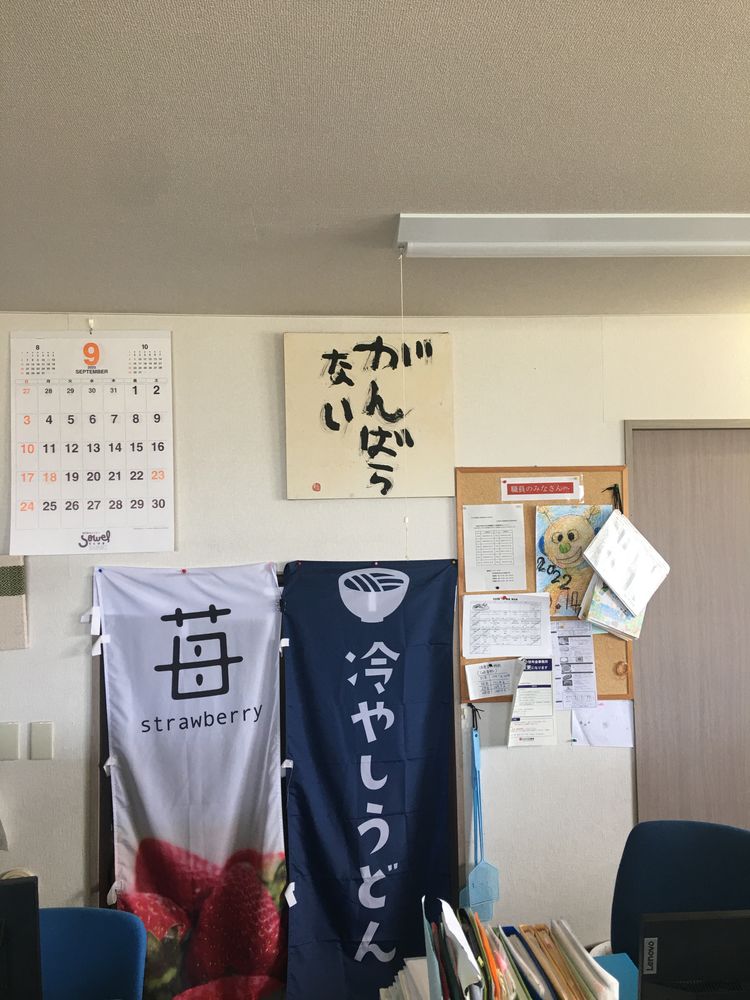The Underground Railroad of the Global East: Forced Labor and Escape from Imperial Japan

In 1910, Japan officially annexed Korea after decades of tension, conflict, and treaties. Following a number of globally significant wartime victories over China and Russia, Japan was growing into the international presence we know of today.
To sustain its continuous growth, Imperial Japan used the people of their colonies as laborers who worked the mines, farms, and also became prostitutes, soldiers, etc. During and especially near the end of World War 2, the conditions quickly deteriorated and reparations for such slave labor are still being discussed today.
Throughout all of this, there are a small number of incredible stories of escape, cooperation, and human agency that remain. Moreover, a unique connection was made between the forced laborers from the Korean peninsula and the Ainu – the Indigenous people to modern-day Japan and Russia. Many of the records to corroborate such stories have been destroyed shortly after Japan surrendered in 1945.
Even though such limitations exist, these stories have survived in the forms of oral history and memories, providing a new understanding of the past and present. Today, we will explore a few of these stories which I have paralleled to the "Underground Railroad", where slaves in the North American continent escaped slavery in the 18th and 19th centuries.
First, let's build the historical context in which these stories occurred.
By the 2nd World War, areas of Hokkaido, Ryukyu Islands, Taiwan, the Korean Peninsula, and more had been annexed, colonized, and internationally recognized as Japanese territory. This led to rapid urbanization and change in these newly acquired areas, and in turn, required much labor.

Although it is true – as Caprio (2011) has shown – that many of such colonized people looked to migrate and assimilate themselves to the Japanese culture and lifestyle, we are unable to conclude to what extent such cultural shifts were wholeheartedly embraced (pg. 210).
Regardless of such incidents, there are countless records of forced migration and labor – essentially kidnapping and slavery.
One of such accounts is recorded in the book "Records of Forced Migration and Labor of the Joseon People: Hokkaido, Kuriles, Sakhalin" (or 朝鮮人強制連行強制労働の記録 北海道・千島・樺太篇, my translation).
"While I was working at a port in Busan [Korea], some men I do not know took me saying that they had something to say. When I arrived at an inn, there were about 100 other men already there. I was 26 back then and had a wife and two children ages 6 and 3; I could not tell them that I was leaving. [At the inn] they told us we were going to a mine in Hokkaido, and if we do not oblige, they'll send us to Taiwan. I thought of escaping throughout the entire trip, but there were guards everywhere. They even took our money to discourage escape." (As quoted in Seok 2017:50, my translation, it is very simplified)
This was recorded to have occurred in 1942; at the height of Japan's involvement in World War 2. It is imaginable (and officially recorded) that such incidents were quite common.
Just by looking at the sudden ballooning in Korean residents in Hokkaido prior to World War 2 and during the war, we are able to put such stories into perspective:
Koreans in Hokkaido 1930 (approximately a decade before the war): 7,711
Koreans in Hokkaido 1944 (approaching the end of the war: 259,330 (Seok 2017:35)
These Korean laborers (the vast majority were male) were sent to places called "Takobeya" (タコ部屋). These "takobeya" were small huts built along constructions sites or mines to accommodate the laborers (the majority were forced laborers from Japan's colonies).
The people housed in these places were inadequately fed, beaten, and worked to their death. Initially, there were few communal cemeteries where these laborers were to be buried. But as the numbers increased, they were left on the streets to rot or thrown into bodies of water. There are many more unbearable stories where these laborers were used as "human pillars" to prevent a tunnel from falling – being crushed to their death.
Many of these people attempted to escape from such hellish circumstances, especially as many – like the person quoted above – had left family and children back home.
This is the context in which we begin our story.
These stories are excerpted from Dr. Soonhi Seok's book "Joseun-jin to Ainu Minzoku no Rekishiteki Tsunagari" (Historical Connection between the Joseun and Ainu). This is the only research project dedicated to such studies at this moment. Such studies are extremely difficult as after Japan surrendered, many documents were burnt and abolished.
The land of Hokkaido, in which many laborers were taken and the birthplace of the "takobeya", lived a group of people who would come to be known as the Ainu.
These diverse groups of hunter/gatherers had lived on this island for thousands of years, trading and fighting against the Mongols, Japanese, and Chinese. However, in the late 19th century, their land was annexed by the growing Japanese empire.
The Ainu were often kept in separate villages and areas from the incoming Japanese population, although their houses, spouses, and jobs were rapidly replaced by the ethnic Japanese (Siddle 1996).
These people knew the tough terrain of the island well, so a popular job among the Ainu – especially as Japan entered into war – was logging and coal making (Shigeru 1994).
It may be due to this separation from the Japanese and specialized work, that allowed many Ainu individuals and households to become the saving grace to many escaping Koreans.
Motok'aynu Yamamichi – an Ainu man – is remembered by his daughter Ashirirera to have helped many escaping Korean laborers.
She reminisces on how he would always have an incredible amount of empty bags. When inquired upon the reason, he would just shrug "just in case I spill some coal". It would be later that Ashirirera learned that the bags were used to hide the escaping laborers. He would hide the laborer among many other bags of coal, and drop it off at other Ainu households closer to a port, or would sometimes even take the refugees all the way to the port himself at Tomakomai.
Her father – Motok'aynu – even employed such Koreans at his coal shop before they could escape. She remembers that he constantly kept coals burning, making the house almost black with smoke, so that people could not see the hiding Koreans inside.
And if all ends get cut off and escape becomes impossible, he would marry the Korean laborer with an Ainu woman. This allowed the foreign Koreans to become part of his family and their community.
There are also stories in which Korean people went from Ainu household to household to seek refuge. During a time when there were no cellphones, these people went out of faith that they would be housed and protected. This is where the Ainu cosmology and worldview play a critical role.
Ainu neno ann Ainu
This translates to "To be a humanlike human", and hits at heart to one of the main philosophies of the Ainu people.
Not everyone is "Ainu", a "human"; we must "become human".
Although their language, customs, and sustenance practices had been banned and almost eradicated by this time, their stories and beliefs remained strong within their homes.
And when their homes were deemed unsafe for these refugees, they would hide them in large tree hollows. Apparently, some were large enough to fit 2, 3 people in it, allowing them to be out of sight of the Japanese.
How many more stories of this kind occurred, and continue to exist today?
How many have been erased and forgotten from our history?
And how does that affect the meaning we attribute to them now?
War heroes of one era can quickly become war criminals – as in the case of Imperial Japan and Nazi Germany. And to the contrary, war criminals (such as the Ainu for hiding the escaping laborers) can seem like heroes to us now.
With this odd tension and flow of history emerges a new, possibly unanswerable question: What can we do for the world? If everything we believe to be good is deemed bad in 50 years' time, what confidence can we have in our actions today?
These questions can not be answered or imagined by merely looking into the future.
These questions are another reason why we must remember, recall, and reflect upon the past. That is the importance of history.
Not to depict a national narrative of a collective group, but to use those narratives to guide us in the right direction.
![[Guest Post] Exploring Colonial History through Art](/content/images/size/w750/2023/11/graphite-island-banner.png)
